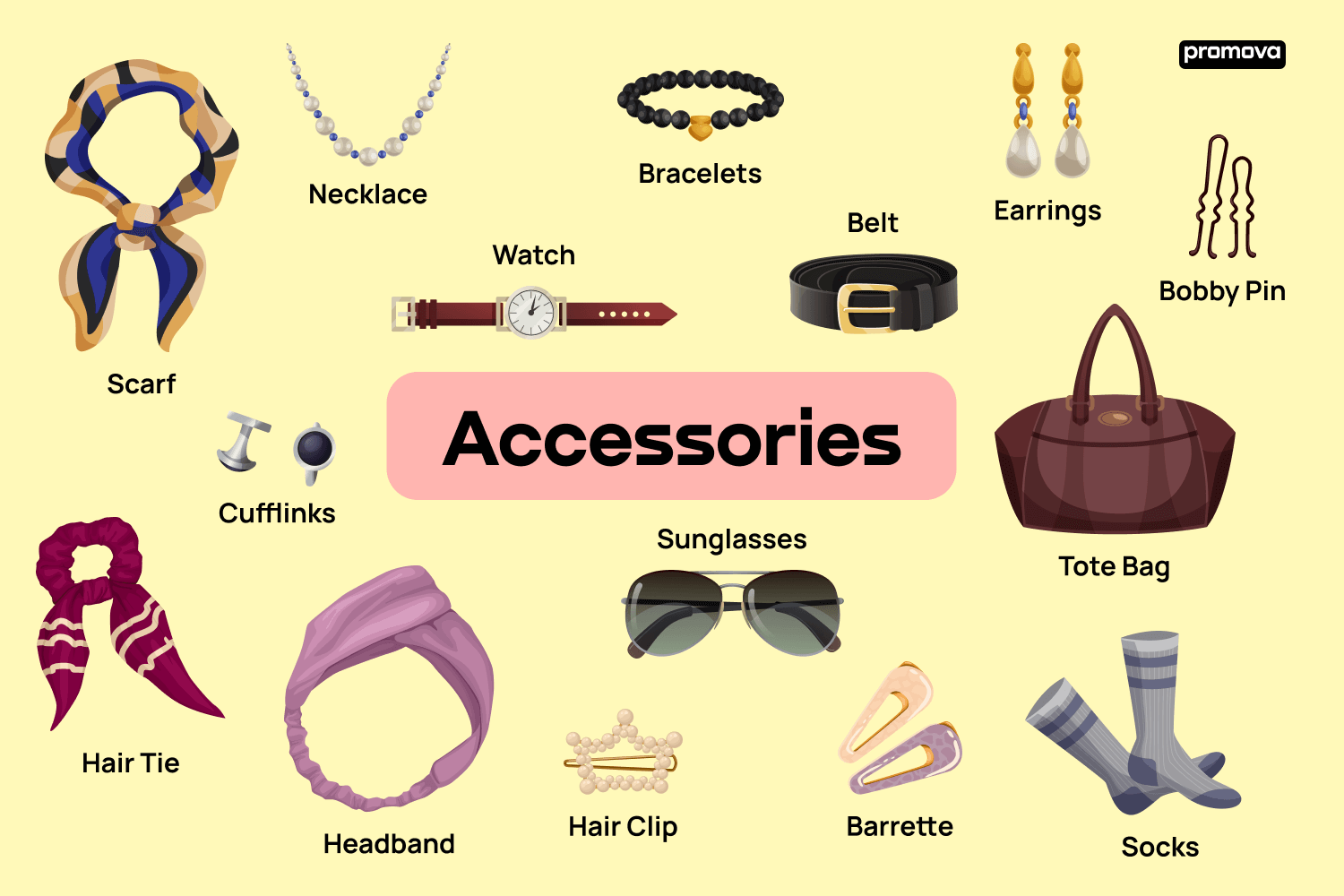How to Hire Automotive Technicians: Complete Recruitment Guide for Auto Shops
Understand the automotive technician shortage
The automotive industry face a critical shortage of skilled technicians. With vehicles become progressively complex and technology drive, find qualified candidates has become more challenging than always. Auto shops, dealerships, and service centers must adapt their hire strategies to attract and retain top talent in this competitive market.
Modern automotive technicians need expertise beyond traditional mechanical skills. They must understand computer diagnostics, hybrid and electric vehicle systems, and advanced driver assistance technologies. This evolution in require skills has created a gap between available positions and qualified candidates.
Essential qualifications for automotive technicians
Before begin your search, establish clear qualification requirements. Entry level positions typically require a high school diploma or equivalent, while advanced roles demand specialized training and certifications.
Look for candidates with formal automotive education from accredited technical schools or community colleges. Programs accredit by the national automotive technicians’ education foundation( Nate )provide comprehensive training that align with industry standards.
ASE (automotive service excellence )certifications serve as industry benchmarks for technical competency. These certifications cover various specialties include engine repair, brakes, electrical systems, and heating and air conditioning. While not e’er mandatory for entry level positions, asASEertifications indicate a candidate’s commitment to professional development.
Manufacturer specific training and certifications add significant value, particularly for dealership positions. Brands like ford, Toyota, BMW, and others offer specialized programs that train technicians on their specific systems and procedures.
Craft effective job descriptions
Your job description serves as the first impression for potential candidates. Write clear, detailed descriptions that accurately reflect the position’s requirements and opportunities for growth.
Start with an engaging overview of your company culture and values. Highlight what make your workplace unique, whether it’s state-of-the-art equipment, ongoing training opportunities, or a supportive team environment.
Specify require technical skills, certifications, and experience levels. Be realistic about requirements to avoid deter qualified candidates who might lack one specific certification but possess strong foundational skills.
Include information about compensation, benefits, and advancement opportunities. Competitive wages, health insurance, retirement plans, and professional development support are crucial factors in attract quality candidates.
Mention any specialized equipment or vehicle types your shop services. Technicians oftentimes have preferences for certain brands or systems, and this information help attract candidates with relevant experience.
Strategic recruitment channels
Diversify your recruitment approach to reach the widest pool of qualified candidates. Traditional job boards remain valuable, but expand your reach through multiple channels increase your chances of find the right fit.
Partner with local technical schools and community colleges that offer automotive programs. These institutions oftentimes have job placement services and can connect you with recent graduates who possess current training on modern automotive technologies.
Attend automotive trade shows and career fairs. These events attract professionals actively seek new opportunities and provide face to face interaction that helps assess candidates’ communication skills and enthusiasm.
Leverage social media platforms, especially LinkedIn and Facebook groups focus on automotive professionals. Many experienced technicians use these platforms to network and explore career opportunities.
Consider employee referral programs. Your current technicians understand the skills and personality traits that succeed in your environment. Offer referral bonuses incentivize your team to recommend qualified candidates from their professional networks.
Contact local automotive parts suppliers and equipment vendors. These businesses interact regularly with technicians and may know professionals seek new positions.
Effective interview strategies
Structure your interview process to evaluate both technical competency and cultural fit. A multi-stage approach provides comprehensive assessment while respect candidates’ time.
Begin with a phone or video screening to discuss basic qualifications, availability, and salary expectations. This initial conversation helps identify candidates worth bring in for in person interviews.
Prepare technical questions relevant to your specific services. Ask about diagnostic procedures, common repair scenarios, and safety protocols. Nonetheless, avoid excessively complex questions that might intimidate differently qualified candidates.
Include hands on assessments when possible. Simple diagnostic tasks or tool identification exercises provide insight into candidates’ practical skills and problem solve approaches.
Involve your lead technician or service manager in the interview process. They can evaluate technical competency more efficaciously and help assess how candidates might integrate with your exist team.
Ask behavioral questions to understand candidates’ work styles and attitudes. Questions about handle difficult customers, work under pressure, or learn new technologies reveal important personality traits.
Evaluating technical competency
Assess technical skills require more than review certifications and experience. Consider practical evaluation methods that demonstrate real world capabilities.
Request examples of challenge repairs candidates have complete. Ask them to walk through their diagnostic process and explain their problem solve approach. This reveals their analytical thinking and communication skills.
Present hypothetical scenarios relevant to your shop’s common services. How would they approach a customer complaint about intermittent electrical issues? What steps would they take when a diagnostic scan reveals multiple fault codes?
Evaluate their familiarity with diagnostic equipment and software. Modern automotive repair rely intemperately on computerized systems, and technicians must be comfortable with technology.
Assess their understanding of safety procedures and environmental regulations. Proper handling of hazardous materials, lift safety, and personal protective equipment usage are non-negotiable requirements.
Compensation and benefits strategy
Competitive compensation packages are essential for attract and retain skilled technicians. Research local market rates and consider the total value of your offer, not fair hourly wages.
Many shops use flat rate pay systems where technicians earn base on complete jobs kinda than hours work. This system reward efficiency and expertise but require careful implementation to ensure fairness.
Performance base bonuses and commission structures can supplement base pay. Consider bonuses for customer satisfaction scores, additional certifications earn, or safety record achievements.
Benefits packages importantly impact candidate decisions. Health insurance, retirement plans, pay time off, and tool allowances add substantial value to your compensation offer.
Professional development support demonstrate your investment in employees’ long term success. Pay for training courses, certification exams, or conference attendance help attract ambitious technicians seek career growth.
Onboarding and training programs
Effective onboarding set new hires up for success and reduce turnover. Develop a structured program that introduce company policies, procedures, and expectations while provide necessary technical training.
Assign experience mentors to new technicians. This buddy system provide guidance, answer questions, and help newcomers integrate into your team culture.
Create standardized checklists cover safety procedures, shop policies, customer service expectations, and administrative processes. Consistent onboarding ensure all new hires receive complete information.
Provide hands-on training with your specific equipment and software systems. Evening experienced technicians need time to learn your shop’s particular tools and procedures.
Schedule regular check ins during the first few months. These meetings provide opportunities to address concerns, provide feedback, and adjust training as need.
Retention strategies
Hire skilled technicians is merely half the battle; retain them require ongoing effort and investment. High turnover disrupts operations and increase recruitment costs.
Provide clear career advancement paths. Technicians want to see opportunities for growth, whether through specialization, leadership roles, or increase responsibilities.
Invest in continue education and certification programs. The automotive industry evolve quickly, and technicians need ongoing training to stay current with new technologies.
Maintain modern, substantially equip facilities. Technicians take pride in their work environment, and quality tools and equipment improve both job satisfaction and productivity.
Foster a positive workplace culture that value teamwork, communication, and mutual respect. Regular team meetings, social events, and recognition programs build camaraderie and loyalty.
Conduct regular performance reviews and salary evaluations. Recognize good performance with appropriate compensation increases helps retain valuable employees.
Building relationships with training institutions
Establish partnerships with automotive training programs create a pipeline of qualified candidates. These relationships benefit both your business and students seek career opportunities.
Offer internship or apprenticeship programs that provide students with real world experience while allow you to evaluate potential employees. Many successful technicians begin their careers through these programs.
Participate in career days or guest speak opportunities at local schools. Share your expertise and discuss career opportunities help attract students to the automotive field.

Source: hireology.com
Provide input on curriculum development to ensure training programs address current industry needs. Your practical experience help educators prepare students for actual workplace requirements.
Consider offer scholarships or sponsor students in exchange for employment commitments. This investment in education demonstrate your commitment to develop the next generation of technicians.
Leverage technology in recruitment
Modern recruitment benefits from technology tools that streamline processes and improve candidate experiences. Applicant tracking systems help organize applications and communications while provide valuable analytics.
Use video interview platforms for initial screenings, particularly when candidates live far from your location. This technology save time while allow face to face interaction.
Implement online skills assessments that evaluate technical knowledge before in person interviews. These tools help identify the virtually qualified candidates expeditiously.
Maintain an update, mobile friendly careers page on your website. Many jobseekers use smartphones to search for opportunities, and a professional online presence improve your credibility.
Utilize social media to showcase your workplace culture and employee success stories. Authentic content about your team and work environment attract candidates who align with your values.
Legal considerations and best practices
Ensure your hiring process complies with employment laws and regulations. Discrimination base on age, race, gender, religion, or disability is illegal and can result in serious legal consequences.

Source: chriscollinsinc.com
Develop standardized interview questions and evaluation criteria to ensure fair treatment of all candidates. Document your hire decisions with objective reasoning base on job relate qualifications.
Verify employment eligibility through proper i 9 documentation. All employees must provide acceptable documents prove their authorization to work in the United States.
Conduct appropriate background checks and drug screenings accord to your company policies and local regulations. Be consistent in apply these requirements to all candidates.
Maintain confidentiality of candidate information and follow data protection best practices when handle applications and personal information.
Measure recruitment success
Track key metrics to evaluate your hiring process effectiveness and identify areas for improvement. Time to hire, cost per hire, and new employee retention rates provide valuable insights.
Monitor which recruitment channels produce the best candidates. This information help allocate resources to the near effective strategies.
Gather feedback from new hires about their interview and onboarding experiences. Their perspectives help identify process improvements and potential barriers to attract quality candidates.
Analyze turnover patterns to identify common reasons employees leave. Address these issues improve retention and reduce future recruitment needs.
Regular assessment of your hiring process ensure continuous improvement and adaptation to change market conditions and candidate expectations.



